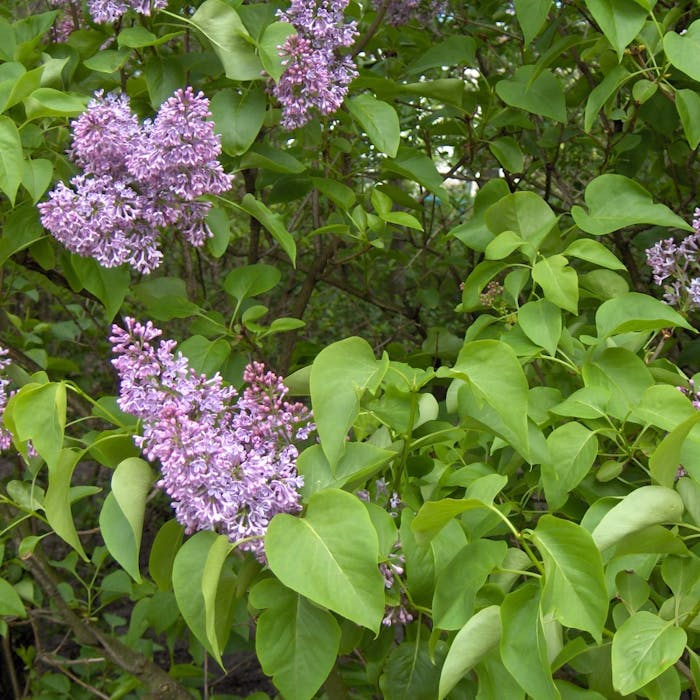
Lilac - adding fragrance to British hedgerows and gardens since the 1500s
One of the delights of late spring is the scent of lilacs - an aroma that carries and lets you know lilacs are nearby even when you can't see the bushes or small trees.
Lilacs are not native to Britain, but have been a feature of our gardens since the 15th Century. They are members of the olive family, native to the Balkan Peninsula, where they grow on rocky hills. They came to Western Europe via Turkey, from about 1562.
Well-connected botanists, such as the great herbalist John Gerard, and John Tradescant the elder soon had the rarity in their gardens.
The lilac has a number of legends and customs associated with its small, pale pinky-purple blooms. First and foremost is the story behind its botanical name, Syringa vulgaris. Syringa was a beautiful wood nymph in Greek mythology. The god Pan spied her one day, lusted for her and took chase. Depending on the version of the story, to get away from him, she either transformed herself into a reed or a lilac bush, both of which make great flutes. Ultimately, Pan won because he made a flute from her disguise and it never left his side from then on.
The name Syringa is from ‘syrinx’ the Greek work for ‘pipe’, because of its hollow stems. The word syringe has the same root.
It was once considered bad luck to bring lilac blooms into the home in Britain and if a young lady wore a lilac blossom, she was destined to be single forever. They were also apparently sent to someone if you wished to break an engagement!
Interestingly, while the lilac scent is probably the most familiar scent in soap, perfume and cosmetics, it is very difficult to distill, so most lilac-scented things are made with synthesised fragrance.
The flowers of common lilac are edible and used for flavoring honeys, sugars, food and other sweets.
Further reading
Links to external websites are not maintained by Bite Sized Britain. They are provided to give users access to additional information. Bite Sized Britain is not responsible for the content of these external websites.
